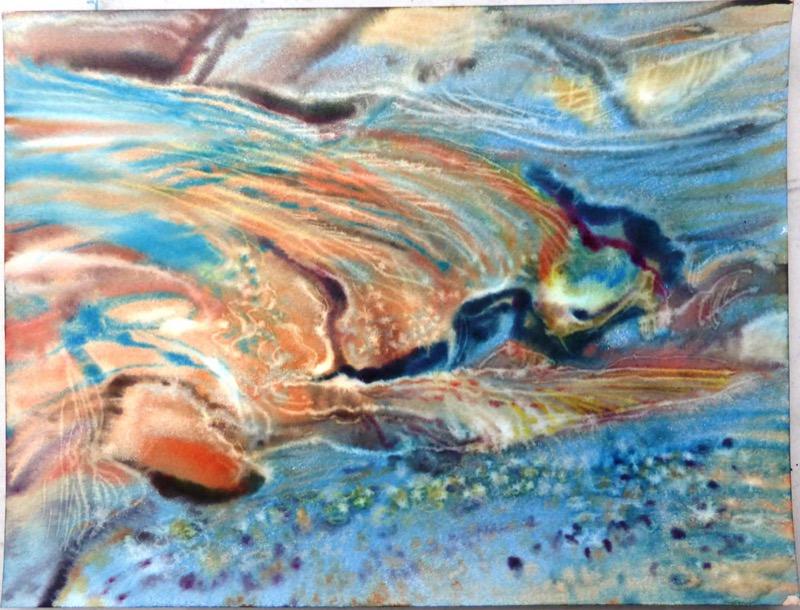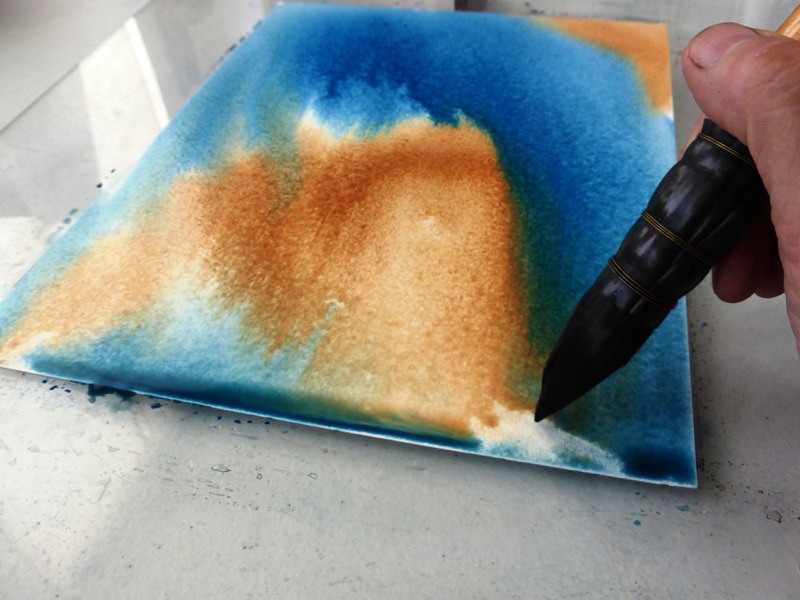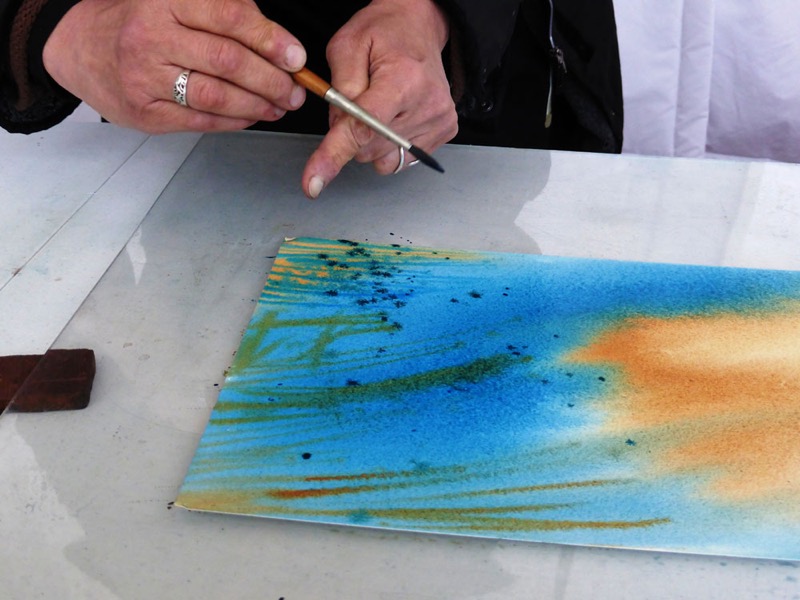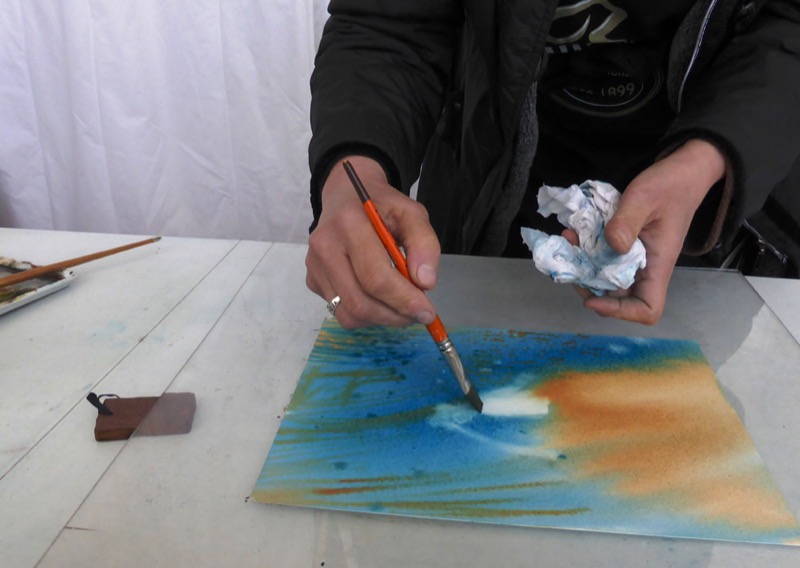
Estimated time: 2 hours
Level: expert
Artist: Ewa Karpinska, www.ewa-karpinska.fr
Set yourself a challenge, try out the wet-on-wet technique for watercolour painting!
With this landscape, you will learn how to work in harmony with the water cycle; you will experience the pleasure of allowing the water and the colours guide you, yet retain a certain level of control in order to create your chosen subject.
Material :
- Paper : Canson® Moulin du Roy, fine grain, 300 gsm
- Watercolour paint: blue, yellow, green, pink, red
- Brushes: sable hair, liner, acrylic brush
- Accessories: a porcelain palette or large plate, a sheet of Plexiglas








